We recently connected with Robyn Gibson and have shared our conversation below.
Robyn, looking forward to hearing all of your stories today. We’d love to hear about when you first realized that you wanted to pursue a creative path professionally.
I’ve been making art since the third grade. For much of that time art was my outlet, and my comfort. When I graduated from high school and started undergrad, I stopped creating. The community art class I had been in for years had ended for me, and I thought that if I wanted to be successful I needed a practical job. So I majored in marketing. I thought if I was going to go into business I wanted to still do something creative, and Marketing was my answer. After my first semester I realized I needed my outlet so I took an art elective. That professor told me about the Fine Arts program and I realized that art was calling me back louder and louder. So I got my portfolio together and I applied for the BFA program. I was so excited when I got in, but I also felt like I couldn’t just quit Marketing so I took on art as my double major.
The whole time I was in doing my undergrad studies I came to understand more and more that my path was more of an artistic journey than a business journey, but I still didn’t see myself as a professional artist. I graduated with both degrees and a minor in entrepreneurship, and I wondered what to do next. I didn’t feel like a professional, and I felt like I needed more art education. So I decided to get my Master’s degree in Fine Art.
After a class visit to New York, I realized that that was where I needed to be. I applied and I got in to the New York Academy of Art, where I studied for two years. My first year was hard and I wondered if I was cut out to be an artist living in NYC. I was surrounded by talented people and I didn’t believe my work was nearly as good as theirs. It took me a while to find my footing. By the end of my first year, I had found my path, and it was in my second year that I truly began to see myself as an artist. By the time I graduated, I knew that it was not only possible for me to be a professional artist, but that it was my calling all along.

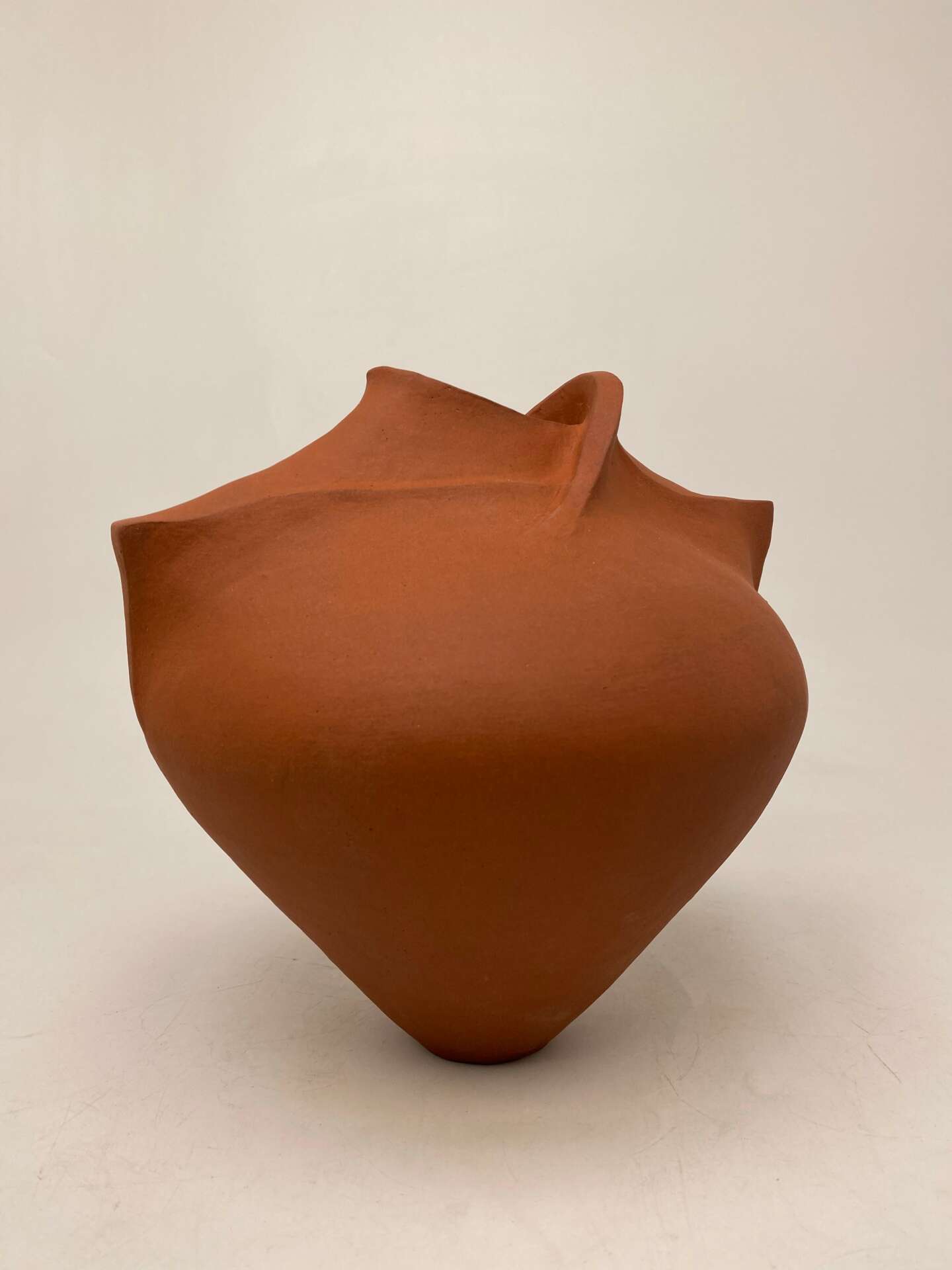
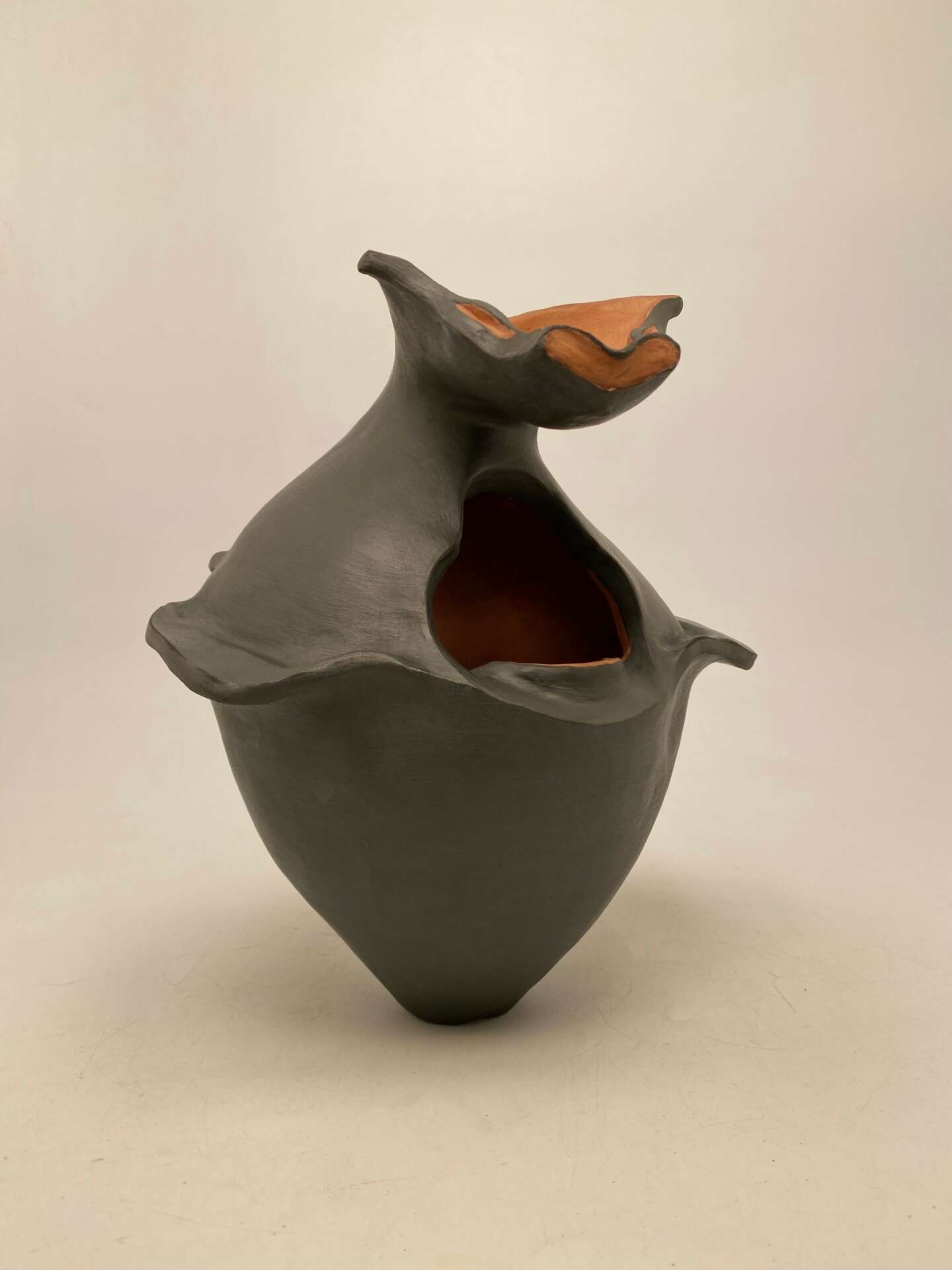
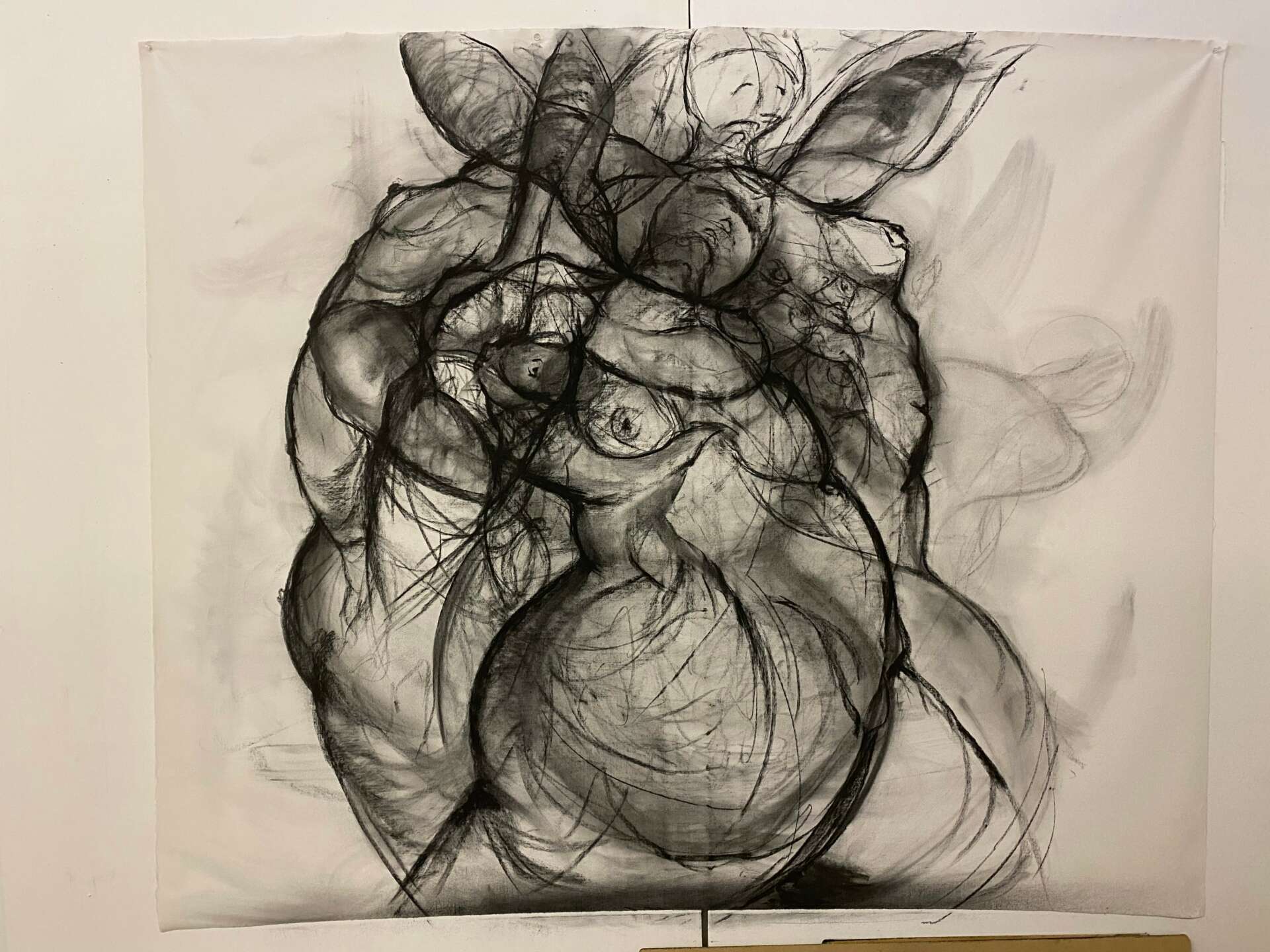
Robyn, love having you share your insights with us. Before we ask you more questions, maybe you can take a moment to introduce yourself to our readers who might have missed our earlier conversations?
My name is Robyn Gibson and I am an artist, curator, and poet. I often refer to myself as a creator because I wear many hats and like to create in different ways. I even enjoy knitting in my downtime. I was trained as a painter, but I leaned pretty heavily into drawing, and now I do a painting/drawing hybrid utilizing different materials including charcoal, gesso, and black tea. I draw women. Oftentimes they are boxing or engaged in some sort of movement or physical conflict. They are larger than life size gestural figures on canvas. Creating these big bold figures makes me feel empowered. They were originally created out of necessity. I never really saw myself as a bold and confident woman. Not too long before I started grad school, I took up boxing, and I met a completely different part of myself. She was confident, strong, and willing to take risks. That was the Robyn I began to draw. My figures are self-portraits. They may not have my exact likeness, but they are all manifestations of me, based on my body and movements.
I also create ceramic vessels. These vessels were also created out of necessity. My work is primarily about healing. As a Black woman I’ve experienced a lot of trauma, and I’m a pretty sensitive person. The vessels became a way for me to unpack my trauma. I saw them as extensions of myself and my physical body. I felt like my emotions were becoming too much for me, so the vessels became a place for the excess. I was better able to deal with some of my heavier emotions as I crafted homes for them that were outside of myself. Once I began creating the vessels I felt the urge to break them and repair them. I wanted to talk about the beauty of restoration. As humans we often go through tough times that may make us feel broken, but we come out of those times stronger and wiser and more beautiful if we will take the lessons and move on in love. It’s easy to choose bitterness, but love helps you shine even in the dark times. It may sound corny, but my life has taught me that hope faith and love are my anchors.
As I learned more how to make ceramics I began making incense burners. I bought some amazing incense, but I realized I had no place to burn them, so I made one. I loved it so much, I began making some for others and selling them. I feel like they encourage people to find their peace of mind. I often use mine when I’m stressed and need quiet time. I like to meditate in the mornings, so I often burn incense during this time of prayer and meditation. I thought that if my incense burner could help me set a mood for healing, maybe it could help someone else.
I’m fairly new at both writing poetry and curating. When I write, I just allow the words to flow naturally. I try to be as honest as possible, and I rarely edit. My poetry is much like my visual work, only verbal. I talk about love, self love, healing, grief, pain, confusion, hope, and just being human. I hope to one day create a book of my poetry.
When I curate, my goal is inclusivity. I want to create opportunities for artists who often get overlooked. I like to highlight BIPOC, women, and LGBTQ+ artists. I believe we should all have the opportunity to tell our stories. Curators have an obligation to make sure there is space for many perspectives to have a place for recognition.
If you take away anything about me, it’s that I believe in the hope of healing, walking in love, and living in gratitude. I try to put this into practice everyday whether it’s in my work or day to day activities. Of course I fall short, but learning is also part of the journey. God has blessed me during this journey, and I’ve learned that God is faithful and I have to believe in myself and in my dreams. I want to encourage others to believe in themselves as well, or at the very least help them find a little peace in this tumultuous world.
In your view, what can society to do to best support artists, creatives and a thriving creative ecosystem?
Pay artists what their worth. The arts are so important to society yet they often go underfunded. Supporting artists and creatives means creating an environment where art is valued. Paying creatives not only ensures that they continue to contribute their talents to society but that they are also able to thrive.

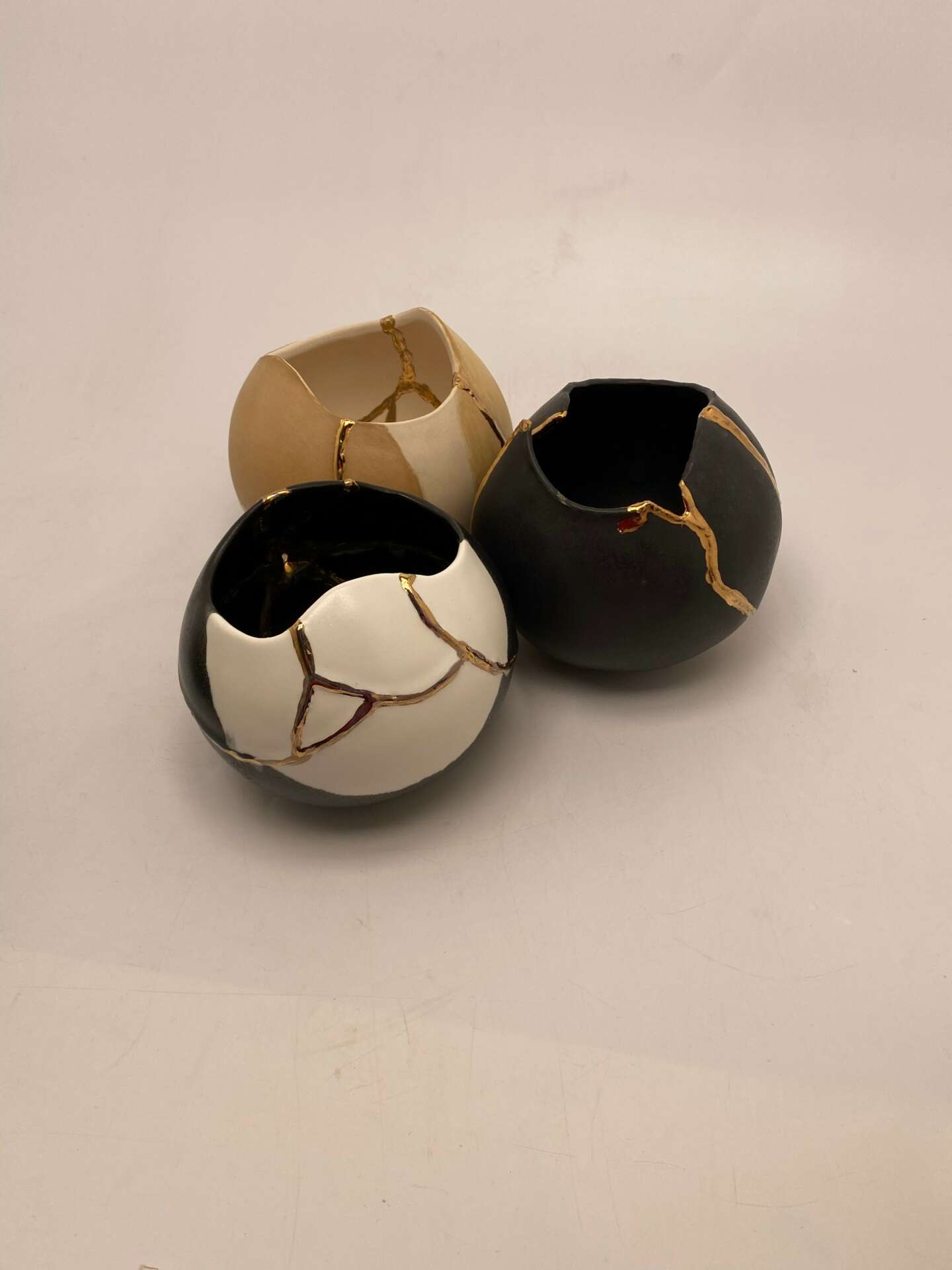
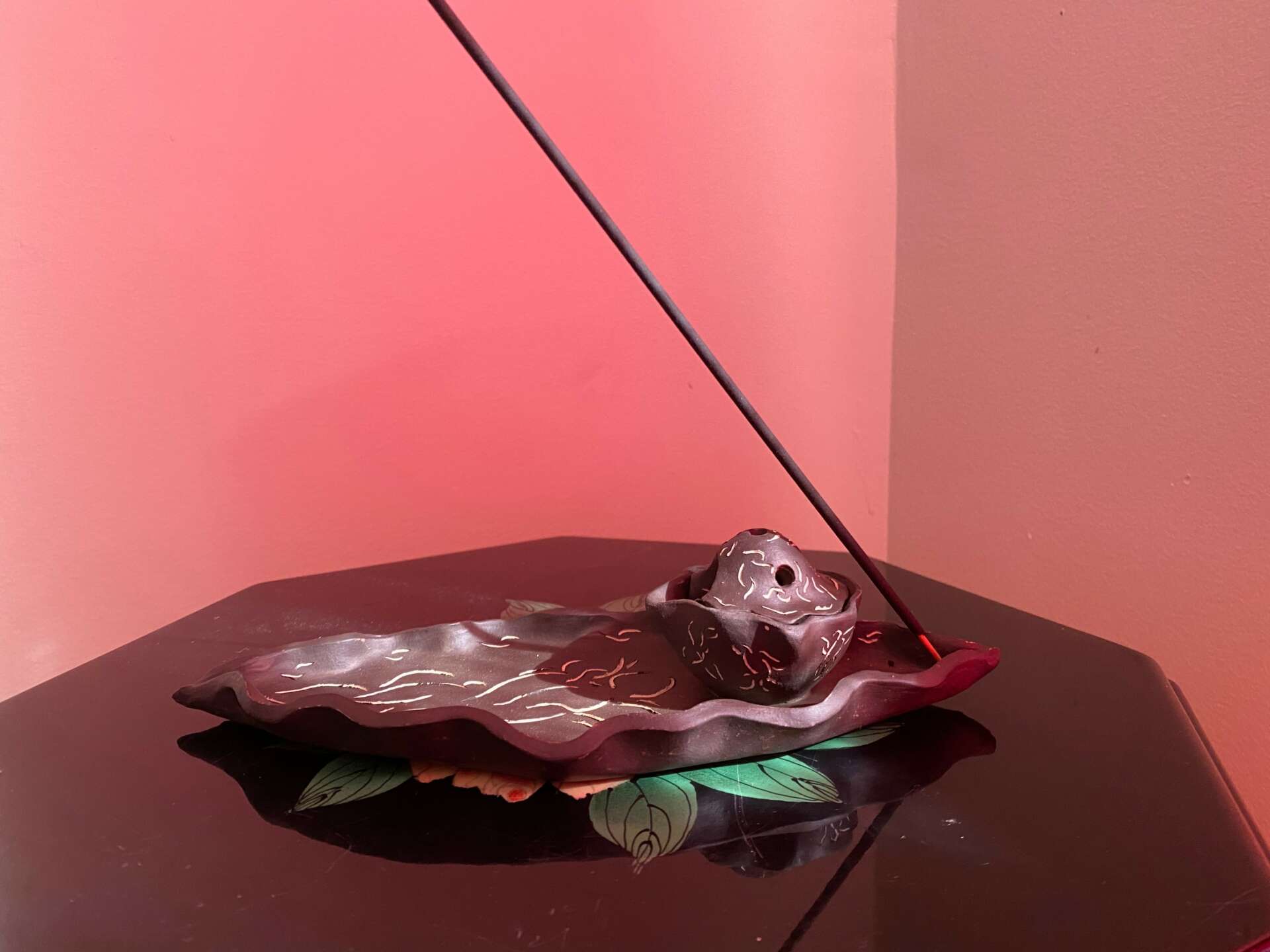
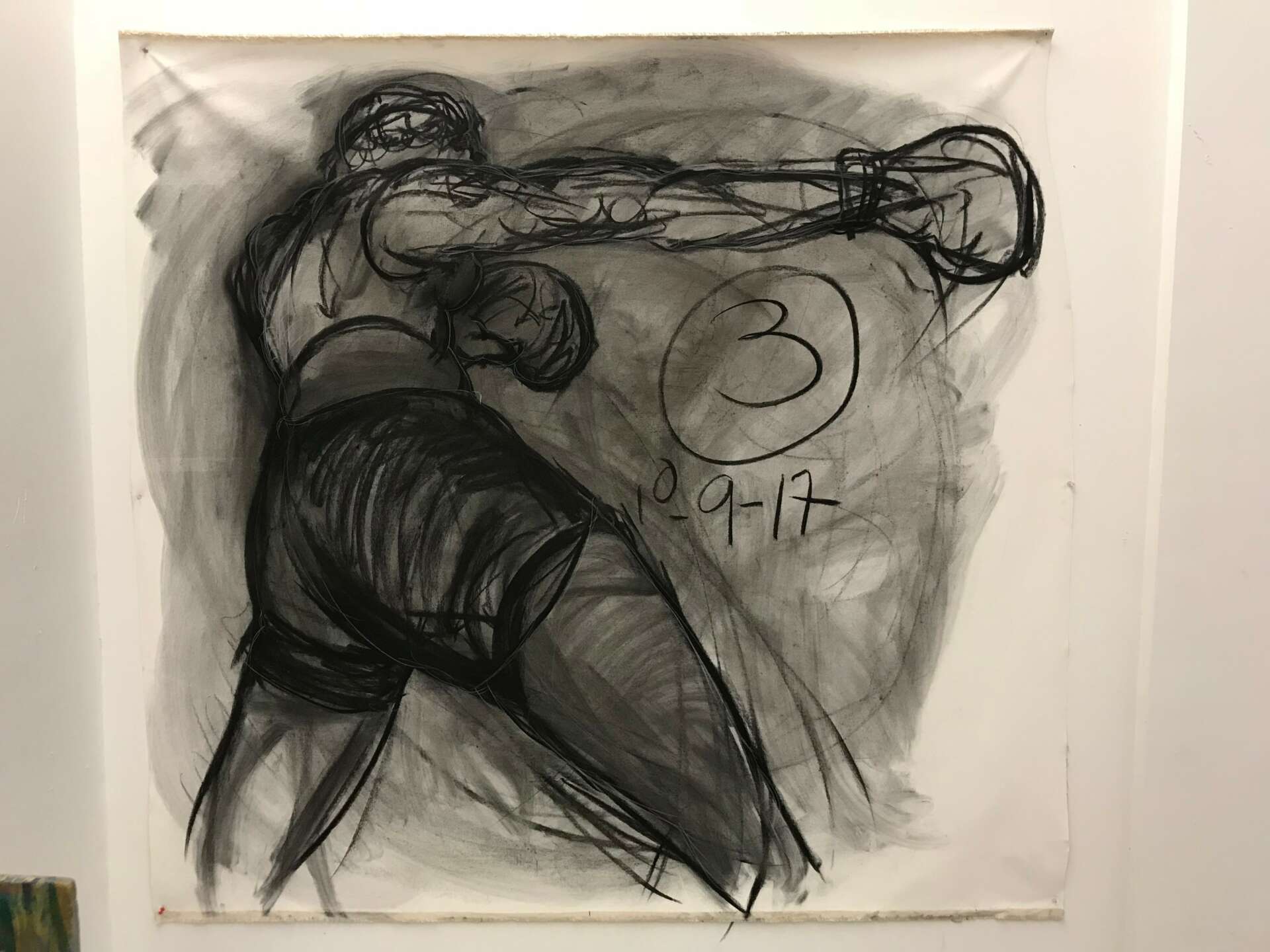
Have any books or other resources had a big impact on you?
“All About Love: New Visions” by bell hooks has been very influential to me and my life philosophy. I believe in living life in love. Understanding how to love yourself and extending that love to others goes beyond what we may see in the media and how we might perceive love. To really live a life that allows space for others, while maintaining your healthy boundaries is not easy. It may even sound strange to use the word love when talking about a “professional” philosophy. But I believe that the more we understand the nature of love, the better we will treat one another and our world. I think about this when I make my art and as I exist in my day to day life.
Contact Info:
- Website: robynalecegibson.com
- Instagram: @theartist_rag


